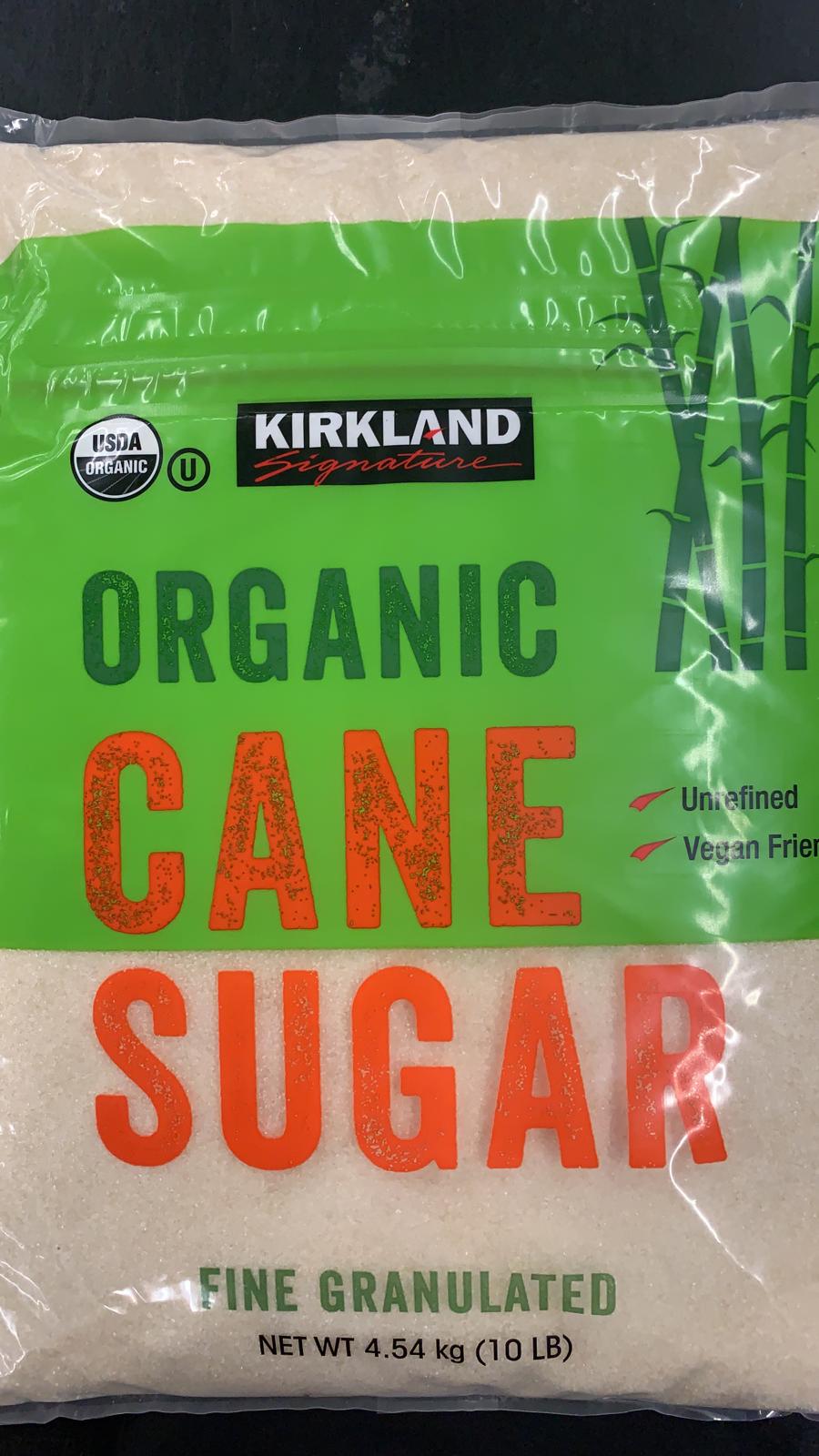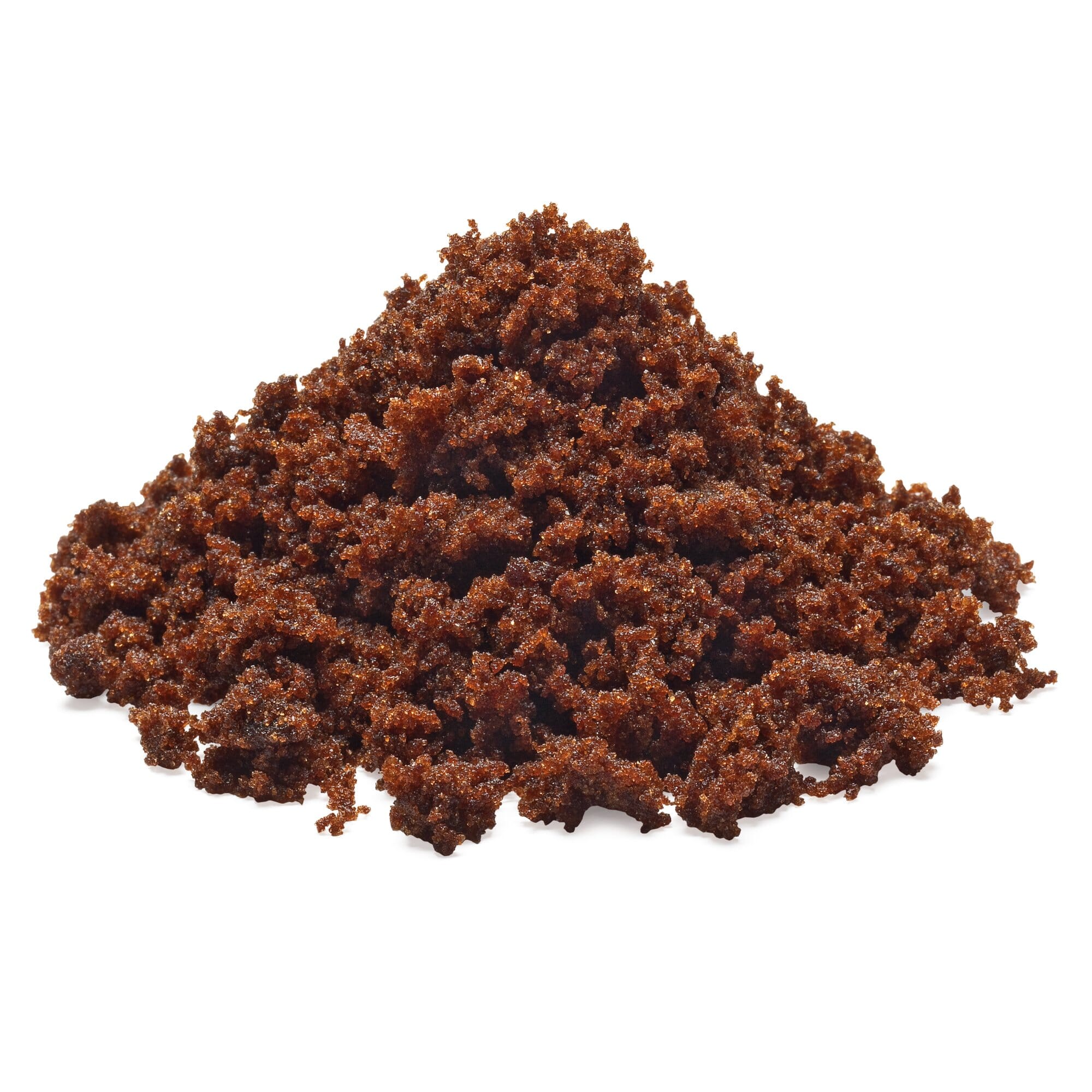Comprehending the Critical Strategies and Technologies Employed in Modern Walking Stick Sugar Processing
The evolution of walking stick sugar handling has been significantly formed by the assimilation of advanced methods and innovations that resolve both performance and sustainability. Enzyme-assisted removal and advanced refining techniques have actually reinvented yield optimization, while automation assists in functional dependability. Additionally, the emphasis on lasting methods shows a growing awareness of ecological influence. As we discover these vital developments, it ends up being necessary to examine how they not just improve production yet also line up with broader industry fads and customer needs, raising inquiries about the future of sugar processing and its implications for international markets.
Historical Context of Cane Sugar Handling
The historic context of walking cane sugar processing exposes a rich tapestry of farming technology and cultural exchange that has shaped its advancement over centuries. Originating in Southeast Asia, sugarcane was grown as early as 8000 BCE - Cane Sugar Processing. The procedure of improving and drawing out sugar acquired momentum in India, where approaches for crystallization were refined around the 6th century. This knowledge went across to the Center East, and by the 12th century, sugar came to be a valued asset in Europe, causing the establishment of sugar haciendas in the Mediterranean.

Advanced Extraction Techniques
Effectiveness in walking cane sugar extraction has actually seen substantial improvements, driven by the need for higher returns and reduced production prices. Conventional methods have actually developed, paving the way to cutting-edge technologies that boost the efficacy of the extraction procedure. One noteworthy improvement is using enzyme-assisted removal, in which specific enzymes break down cell walls and launch more sucrose from the walking stick fibers. This method not only raises sugar yield however additionally reduces the power needed for processing.
Additionally, the adoption of membrane filtration innovations, such as nanofiltration and turn around osmosis, has actually reinvented the separation of sugar from pollutants. These techniques enable for the careful permeation of sugar molecules while preserving bigger pollutants, improving the removal procedure and decreasing waste.
In addition, the assimilation of constant extraction systems has led to enhanced operational efficiency. Cane Sugar Processing. These systems keep a consistent flow of cane product, making certain ideal removal problems and decreasing downtime related to set handling
Cutting-edge Refining Technologies
Refining methods in walking stick sugar processing have actually undergone a transformative change, driven by the demand for higher pureness and enhanced item quality. Among the most significant innovations is the fostering of membrane filtering technologies, such as ultrafiltration and nanofiltration. These procedures effectively eliminate impurities and colorants without the requirement for substantial chemical treatments, consequently maintaining the sugar's natural taste and enhancing its charm.
Another considerable improvement is making use of ion exchange resins, which enable selective removal of undesirable ions from sugar solutions. This innovation not just raises the overall purity of the end product but likewise adds to lowered waste and environmental effect.
Furthermore, improvements in adsorption techniques, using turned on carbon and various other advanced products, have verified reliable in decolorizing sugar solutions Continue while maintaining optimal high quality. The assimilation of these cutting-edge refining technologies guarantees that makers can generate polished sugar with premium quality and preference, satisfying the developing choices of consumers.
Automation and Control Solution
Recent improvements in refining modern technologies have actually paved the method for considerable enhancements in automation and control systems within walking stick sugar processing facilities. These systems utilize innovative software application and hardware to improve operational efficiency, lower human mistake, and make certain regular product quality.
Modern automation incorporates numerous elements, including sensors, actuators, and programmable logic controllers (PLCs), making it possible for real-time surveillance and control of essential processes. For example, flow, pressure, and temperature prices can be specifically controlled during removal, information, and condensation phases, maximizing efficiency and reducing waste.
Moreover, progressed data analytics and artificial intelligence algorithms play a pivotal duty in predictive upkeep, allowing drivers to expect tools failures prior to they happen. This proactive technique not only minimizes downtime but additionally extends the life-span of machinery.
In addition, automation assists in the implementation of Market 4.0 principles, equipping sugar mills to attain higher Our site connection and data exchange throughout procedures. Consequently, decision-making comes to be more dexterous and educated, ultimately improving the total competitiveness of walking cane sugar production. With these advancements, the market is well-positioned to fulfill growing worldwide needs while maintaining functional quality.
Sustainability Practices in Sugar Production
Sustainability methods in sugar manufacturing have actually come to be increasingly essential as the industry seeks to stabilize financial stability with environmental obligation. As consumer recognition expands concerning the environmental effects of farming techniques, sugar manufacturers are embracing cutting-edge approaches to reduce their ecological footprint.
One considerable method is the application of accuracy farming methods, which use data analytics to enhance resource use, such as water and plant foods. This minimizes waste and lessens the influence on local environments. In addition, several manufacturers are click for more transitioning to renewable resource resources, such as biomass from sugarcane results, to power their operations, thus reducing reliance on nonrenewable fuel sources.
Water management techniques are additionally crucial; rain harvesting and reliable irrigation systems help mitigate water deficiency concerns. Cane Sugar Processing. Furthermore, integrated insect management methods lower chemical use, advertising biodiversity and soil health
Company social duty efforts are emerging, with companies investing in neighborhood areas and making certain fair labor methods. By welcoming these sustainability techniques, the sugar industry not only enhances its online reputation but additionally adds to a more lasting agricultural landscape, leading the way for future generations.

Final Thought
In recap, modern walking cane sugar handling incorporates an array of sophisticated techniques and innovations that considerably enhance sustainability, return, and efficiency. Jointly, these advancements place the walking stick sugar industry to satisfy modern demands while resolving important global obstacles.
The evolution of walking stick sugar handling has been dramatically shaped by the assimilation of advanced methods and modern technologies that deal with both performance and sustainability.The historical context of walking cane sugar handling exposes an abundant tapestry of farming development and social exchange that has actually shaped its advancement over centuries. Technologies in milling and refining emerged, laying the groundwork for contemporary walking cane sugar processing.Refining techniques in walking stick sugar handling have actually undergone a transformative shift, driven by the demand for greater pureness and improved product high quality.In recap, modern-day cane sugar processing integrates an array of advanced methods and modern technologies that significantly enhance sustainability, performance, and return.